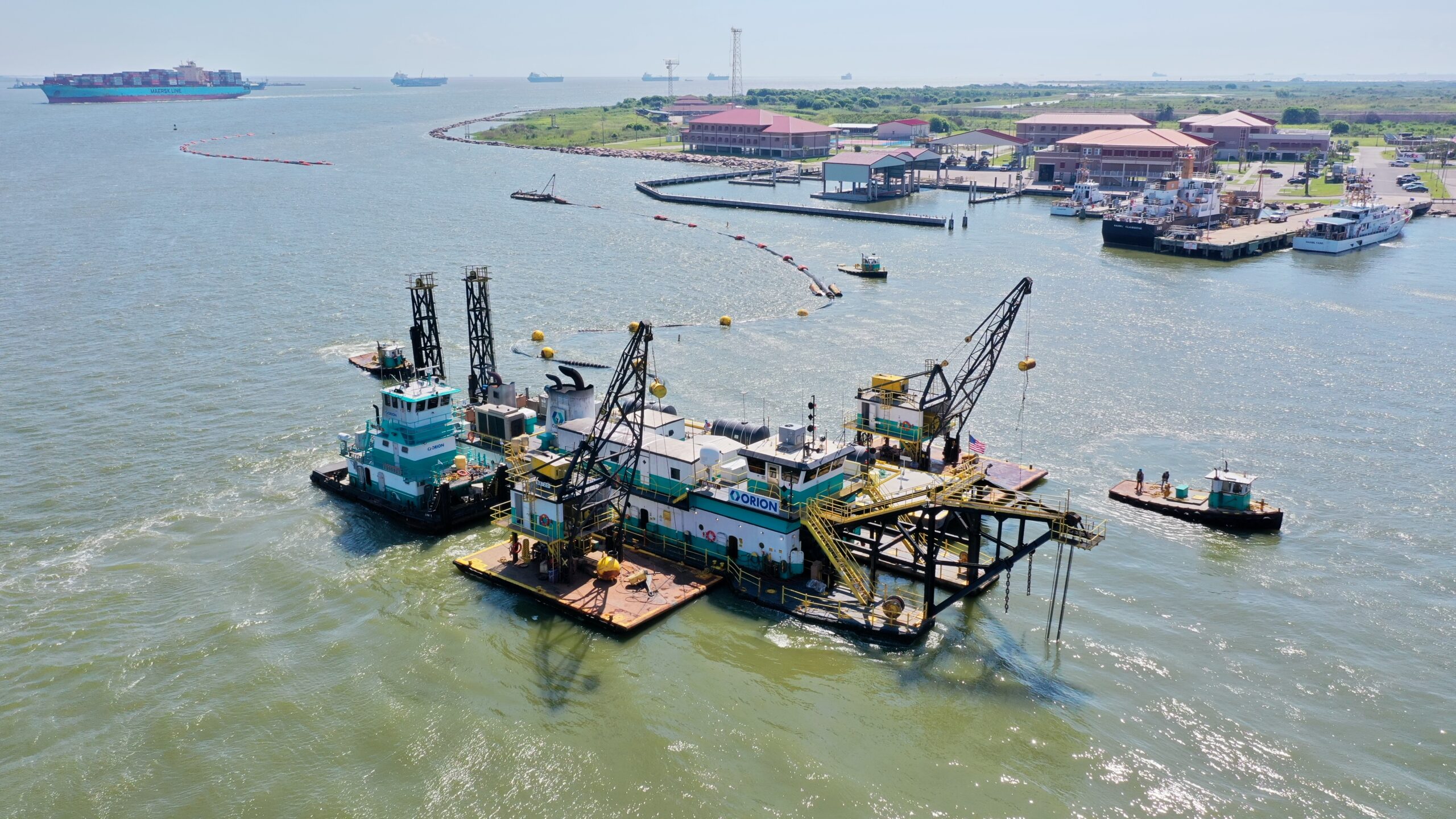Table of Contents
Safety in Dredging Projects
Safety and navigation are crucial aspects of dredging projects, which involve the removal of sediments and debris from the bottom of lakes, rivers, harbors, and other water bodies. Here’s a detailed look at both aspects:
Safety is paramount in dredging due to the complex and often hazardous nature of the work. Key safety considerations include:
- Personal Protective Equipment (PPE): Workers must wear appropriate PPE such as helmets, gloves, eye protection, and life jackets, depending on the specific tasks and environment.
- Training and Competence: Crew members must be thoroughly trained in the operation of dredging equipment and emergency response procedures. This includes understanding how to handle machinery safely and what to do in case of an accident or equipment failure.
- Machinery and Equipment Safety: Regular maintenance and inspections of dredging equipment are essential to ensure they are in good working condition. Safety features on equipment should be checked regularly, including emergency shut-off mechanisms.
- Environmental Considerations: Dredging can release toxins and pollutants trapped in sediment. Proper handling and disposal of dredged materials are essential to minimize environmental impact and protect worker health.
- Emergency Preparedness: Dredging sites should have clear emergency response plans, including provisions for first aid, fire safety, and evacuation procedures.
Navigation in Dredging Projects
Navigation is also critical, particularly in active waterways where both commercial and recreational traffic must be considered. Key navigation considerations include:
- Channel Marking and Signaling: Temporary and permanent markers are used to guide waterway users around the dredging site. Lights, buoys, flags, and barrier systems are often employed to delineate safe paths and indicate areas of work.
- Communication: Constant communication must be maintained between the dredging crew and other waterway users. This often involves maritime communication systems like radios and sometimes liaising with local maritime authorities.
- Traffic Management: Dredging operations often require adjustments to waterway traffic patterns. Effective traffic management plans are essential to prevent accidents and ensure that commercial and recreational traffic can coexist safely with dredging activities.
- Monitoring and Surveillance: Using radar, sonar, and sometimes aerial surveillance helps monitor the positions of vessels relative to the dredging equipment. This technology aids in avoiding collisions and managing traffic efficiently.
- Pilot and Escort Services: For complex or heavily trafficked waterways, pilot boats or escort vessels may be used to guide other watercraft safely past or around the dredging site.
By addressing these safety and navigation elements, dredging projects can minimize risks to workers, the public, and the environment while maintaining efficient operations.
